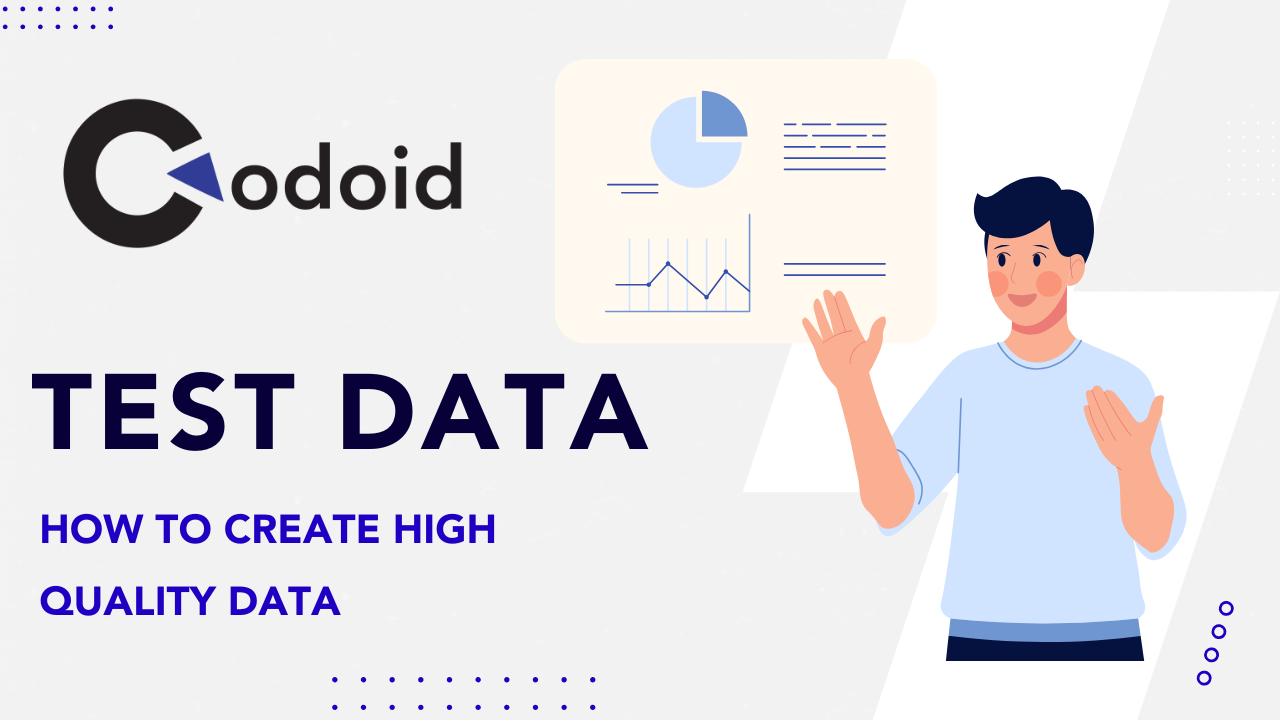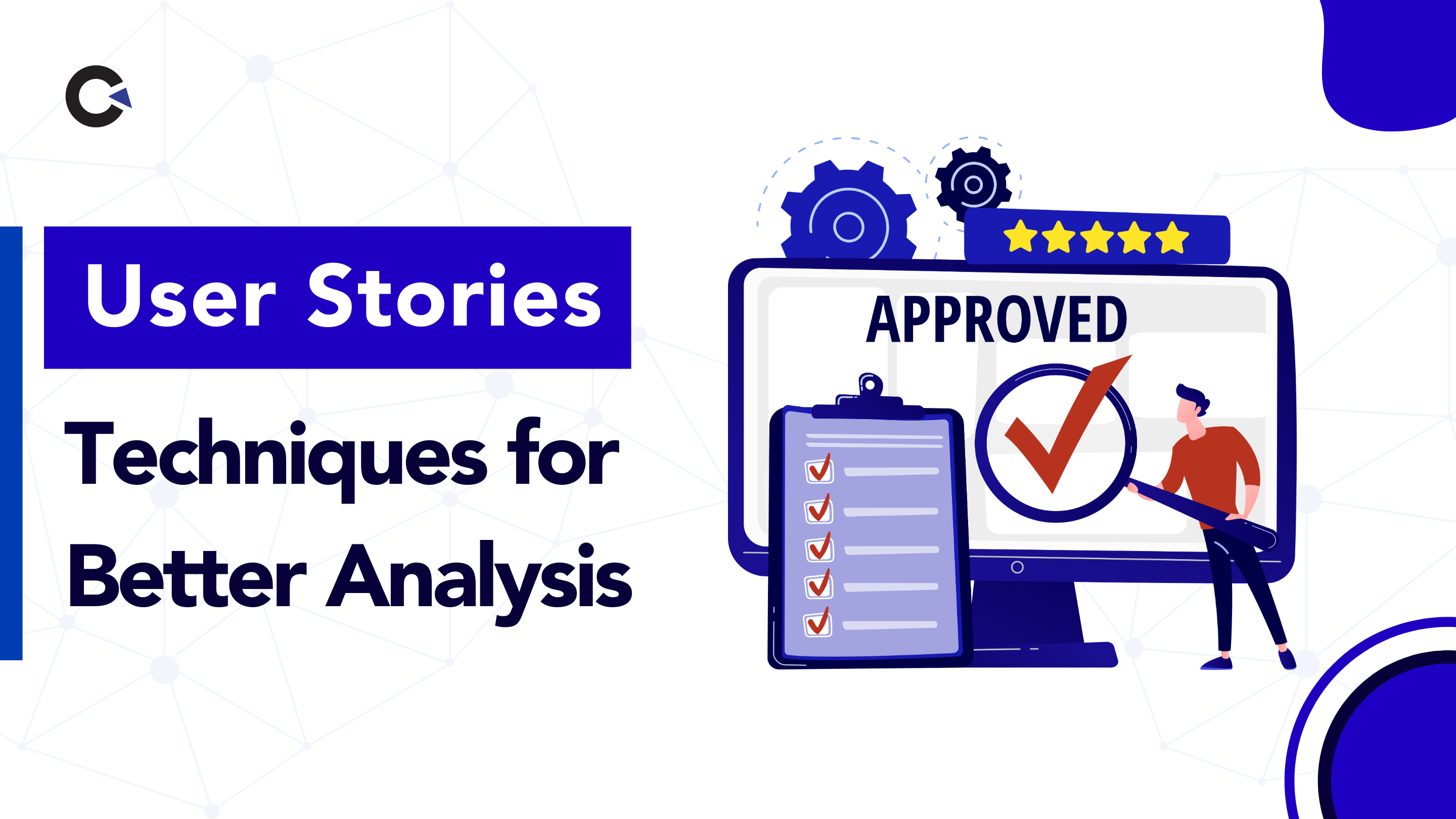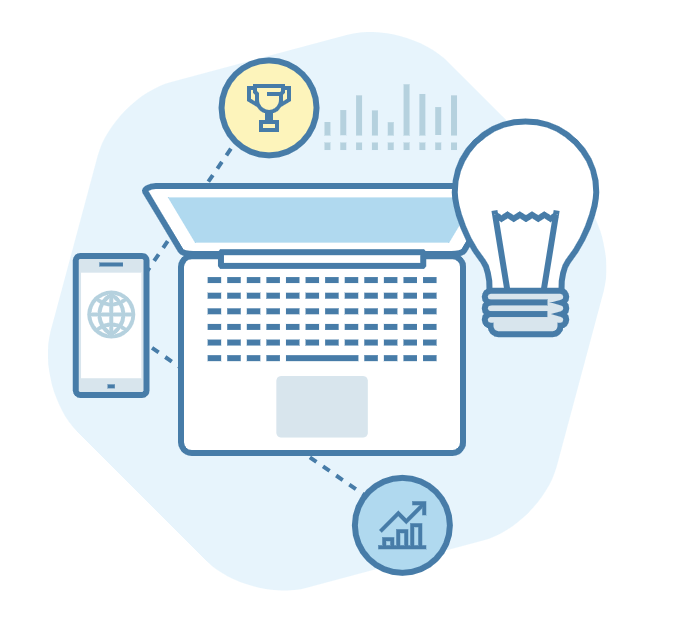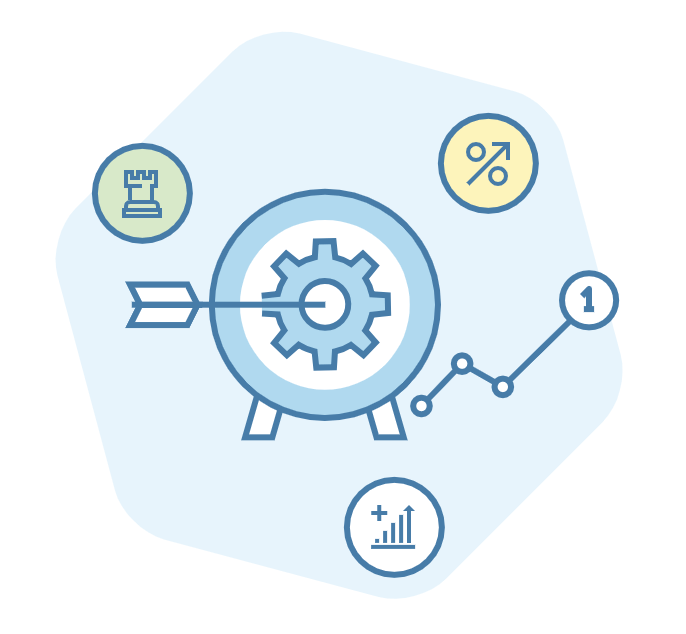
by admin | Dec 23, 2018 | Software Testing, Blog |

by admin | Dec 30, 2018 | Software Testing, Blog |

by admin | Dec 26, 2018 | Software Testing, Blog |

by admin | Dec 25, 2018 | Software Testing, Blog |

by admin | Aug 17, 2018 | Software Testing, Blog |
Software testing techniques and methods have changed a lot in the last decade. Inspired by the manufacturing process, software testing has acquired the waterfall approach to test for the quality, which involved step-by-step checks and case tests when the products are at user acceptance phase initially. This made the task a lot more difficult for manual testers as the amount of data to be processed to run all the test cases was too much.

The emergence of Agile and DevOps methodology by many business organizations insert the testing and checking process at an earlier phase of the process. Similarly, there had been considerable changes in Software Testing methods in past that needs to look forward in future. So let’s check out the following testing trends which will transform the future prediction:
Shift from QA to Quality Engineering
The world is changing continuously, and every now and then, there is a talk about new technology surfacing in the market. Quality Assurance (QA) follows a systematic waterfall approach for testing which is a step by step process, making it thorough but lengthy at the same time. Hence, QA is struggling to keep up with the changing dynamics in the testing field. QA can sometimes perform as a bottleneck to a complete flow of processes. As it follows a step-by-step test, the previous process needs to be completely done for the next to begin and beings a manual tester one can only look after this in detail. But with QA the amount of data and processes can easily pile up. With Quality Engineering one can introduce the testing and automation process earlier in the process rather than at the customer’s acceptance phase.
IoT
IoT (Internet of Things) is one of the fastest growing technologies in today’s world and IoT is challenge for Test Automation. A complete web of things is inter-connected with each other through the internet (still sounds like one of those sci-fi movies). The hardware is controlled by dedicated software which connects them to the internet and from there it connects to all other things. As great as it may sound, there are a number of vulnerabilities in the system. Hence, the products which are connected should be tested for functionality, quality, and most important security. As per HP reports, around 70 % of the systems connected to IoT are vulnerable to security-related issues.
Digital Transformation with Agile
Agile Methodology has been used for the last 17 years. This methodology promotes working with various small teams in collaboration and while doing these tasks & taking on a smaller amount of processes and makes a quick and continuous delivery. Modern practices based on Agile Manifesto can be really helpful with User Experience (UX) work like planning, execution, and evaluation.
DevOps
DevOps is a term used for a particular set of rules or principles to reduce the amount of time from development to operations. DevOps is not particularly a new concept in business but its emergence in the technical field is quite recent and in the past 5 years, it has gained a tremendous amount of support from the business organization. In the coming years, more organizations are likely to adapt to these set of principles to improve their overall performances as its emphasis on Automation and Integration. Reduce Testing Efforts and get Better Test Coverage using Test Automation
Time for Big Data Testing
We live in the golden age of technology, where the clients and users on various platforms upload terabytes of data and so managing such amount of data, it needs a unique approach for testing. Big Data Testing is a process which can be helpful for business to test such large amounts of data. The main aim is to test the data for quality to start with. Big data is a really large amount of datasets which can’t be processed by traditional computing techniques.
Bigger Market share for Mobile Users & Test Automation
Mobile is now one of the most important parts of an individuals’ life. Nowadays there is an app for everything where the number of devices, OS platforms and software runs on single app. Testing mobile applications is a much more complex task than testing websites and the number of updates, types of devices and software updates coming every day makes it even harder to keep up with. Hence cost and market readiness are really important in future, Mobile app testing automation can be really vital.
API and Micro Services Test Automation
Microservice is basically a method of developing software to specifically test for any particular conditions. Types of services can be generated and by establishing a connection between them, the whole task can be divided into parts. In this, each service is created in such a way that it can perform a particular set of processes. This gives you the freedom to make changes in any smaller specific area of the application which requires changes instead of changing the whole system.
Increasing Adoption of Open Source Tools
Open source tools are really beneficial for business and are going to play a vital role in future too. There are many advantages of using Open Source Tools other than the cost, as it is a free to use and available to the public. It can be easily customizable, is more flexible than some expensive proprietary stuff and it is open for public. Users do have a hand in designing so it really gives you the freedom to design the way you want and there are many integrations for your powerful Test Automation too. A debatable point could be that of security, as being available to the public is not actually a definition of secure but when it goes through more sets of eyes the chances of finding out the bug and fixing it increases.
Conclusion
This article talks more about the methods and principles of Software Testing, which can be really important in changing and speeding the process. This will result in faster updates, better user experience and further advancement to the next level of computing.

by admin | Apr 7, 2018 | Software Testing, Blog |
Security of the application is highly critical in ensuring the adaption of the application. Given to the increasing security threats in the cyber world, a comprehensive security testing has become a necessity. The cloud-based environment is increasingly used for application security testing since it offers flexible and versatile testing platforms. Cloud-based testing empowers firms to utilize testing resources cost-effectively. Infrastructure as a service model offered by cloud allows organizations to perform various security and performance testing at relatively less cost than onsite testing which may require a huge investment in testing resources. Let’s see the things which you should take care while performing application security testing in the cloud to optimize the benefits of cloud-based application security testing.
IaaS or SaaS or PaaS?
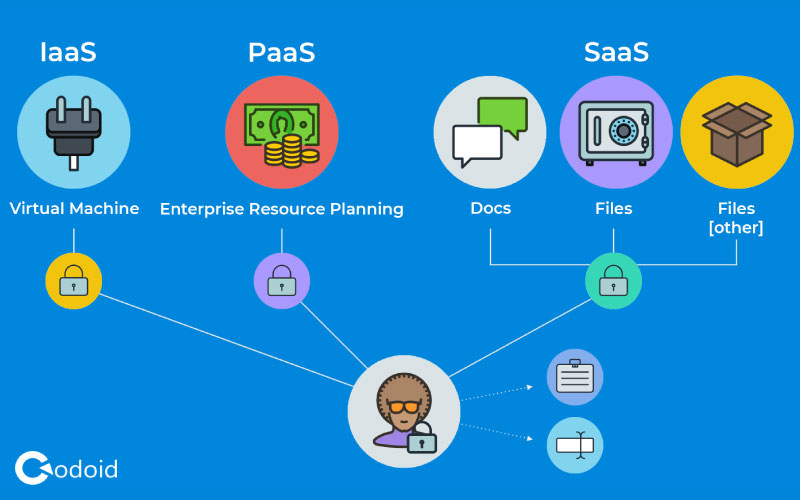
Selecting the suitable type of cloud is crucial to ensure the optimization of cloud-based application security testing. It is worth mentioning that some cloud platform such as SaaS has relatively higher vulnerability than the other cloud platforms. It is because SaaS allows storage of data of various clients in the common platform which in turn increases the possibility of data leak. Thus, selection of suitable platform of the cloud should be made after analyzing whether the selection can provide strategic benefits to the organization. For some security testing such as penetrative testing, PaaS and IaaS are highly suitable. Selection of cloud platforms should be carried out in accordance with the testing requirements.
Scalability
One of the important reasons for preferring cloud environment for application security testing is that it is highly scalable. Testing process and resources used in cloud environment should be robust enough to accommodate changes such as changes in the size of the organization. Both horizontal scalability and vertical scalability should be taken into account while performing application security testing. It should be noted that the lack of scalability in testing may negatively affect other aspects of the testing process such as speed and efficiency. Thus, it is conclusive that the scalability is an important parameter which should be taken care while performing cloud-based application security testing.
Quality of testing
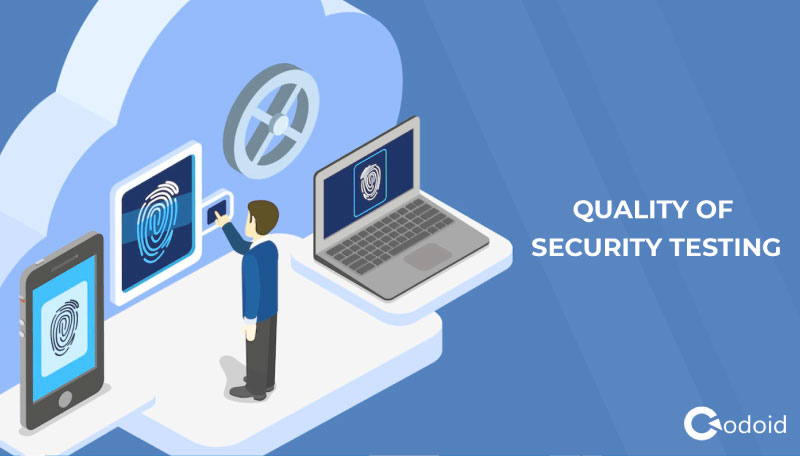
The very objective of testing process will be jeopardized if testing process is not up to the industrial standards and benchmarks. Thus, it is inferable that the quality of testing in cloud environment should be ensured to maximize the benefits of cloud-based testing. The testing process should be comprehensive enough to produce an outcome with provides a comprehensive review of the application such as contextual reporting.
As mentioned by, a single security breach may incur a loss that will be greater than the overall cost of application security testing. It is also to be noted that 80% of security breach occurs in the application layer. We at Codoid will help you to test whether security in your application is up to the standards propounded by industrial benchmarks. Feel free to contact us at [email protected]









